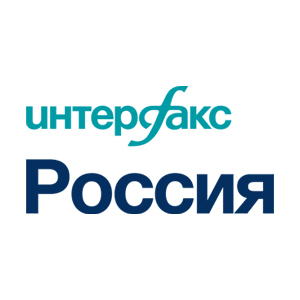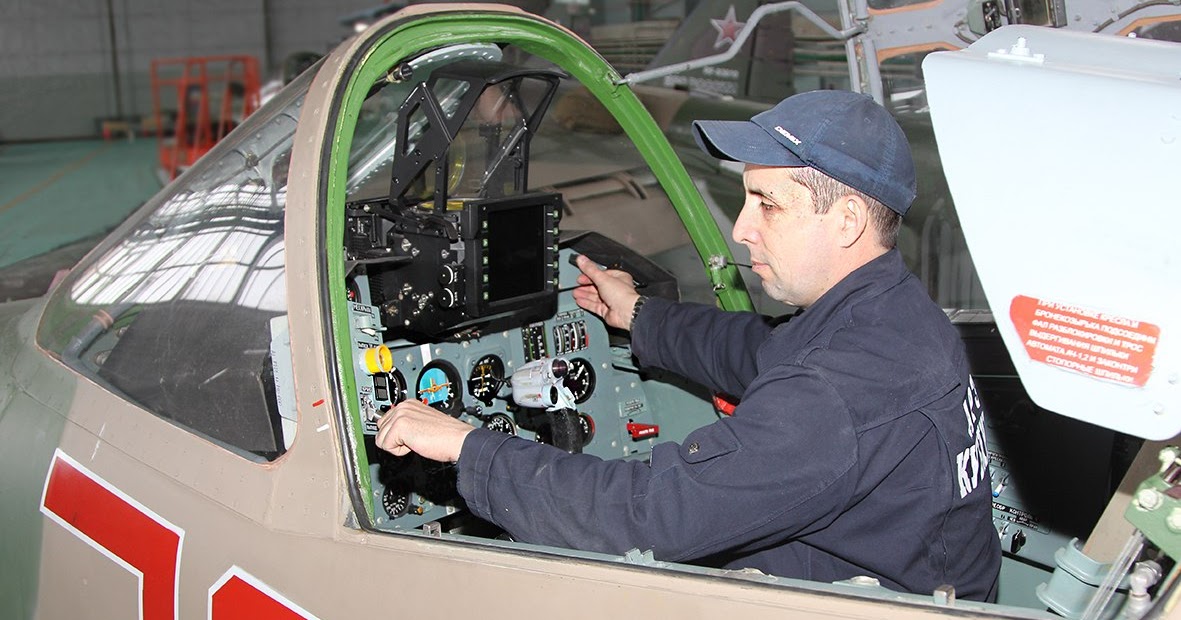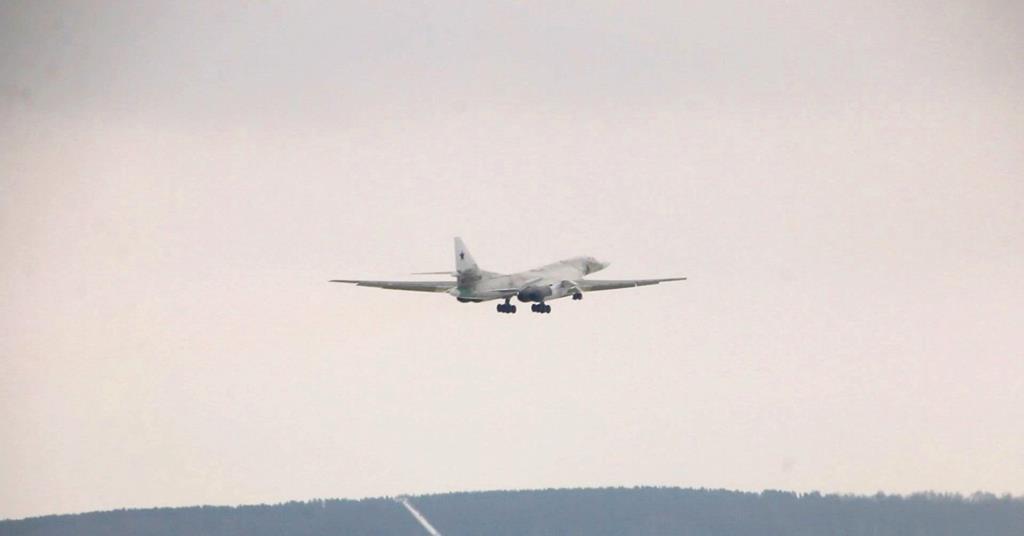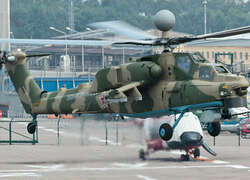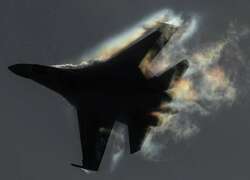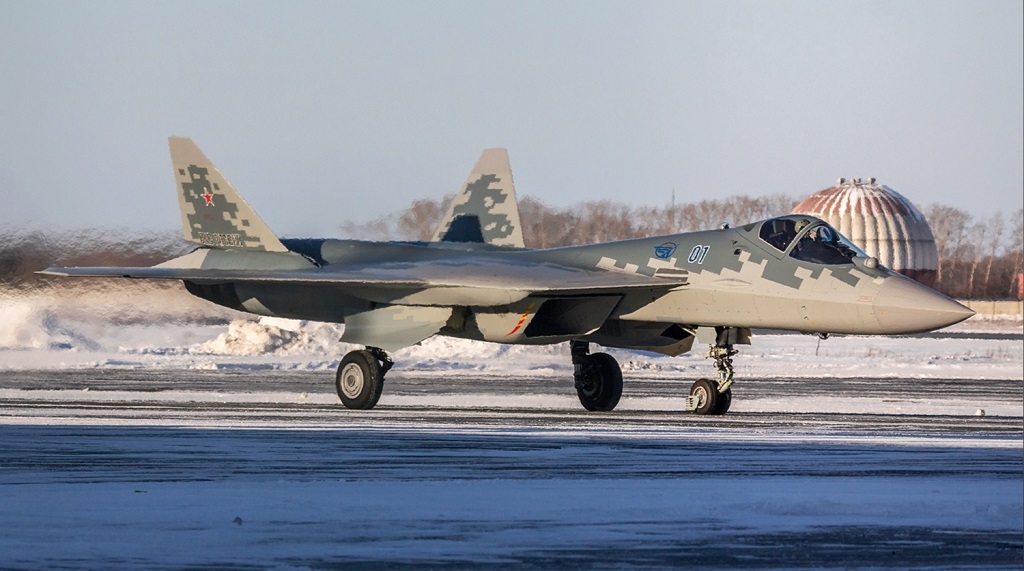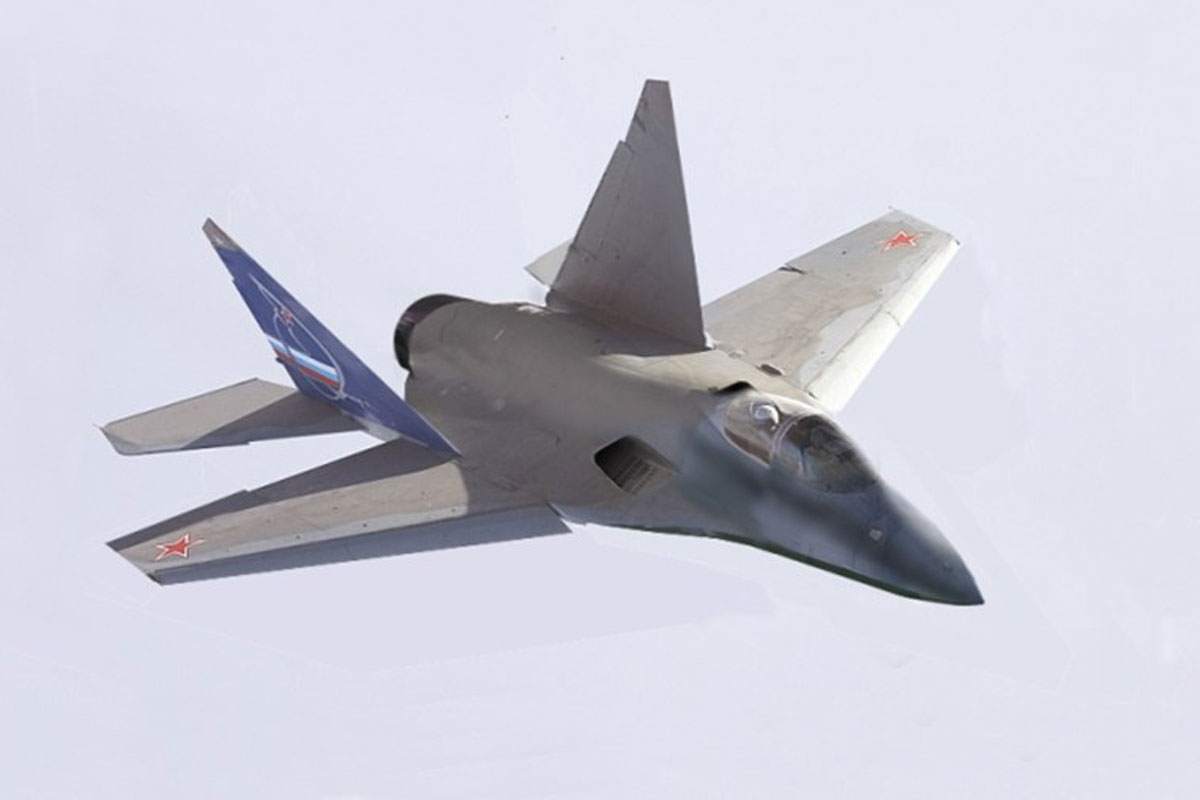Su-22 could have been shot down with gunfire alone... with no air to air combat capability.
1. Agreed and weapons development is part of the systems fight between tertiary air forces. It would be much better if this discussion took into consideration AirPower resource threads created for new members, as follows:Correct, simply pointing out that this example does not demonstrate that "These days combat jets have such power EW it makes BVR virtually impossible"...
(i) A brief history of LO (read this first, for the foundation to understand the other threads)
(ii) Air Power 101 for New Members (read this second)
2. Since the invention of airborne early warning aircraft like the Beriev A-50, advanced air forces, like that of Russia and China (or even Russia’s best client, India), no longer think in terms of plane vs plane contest. A number of Chief defence scientists, including that of Singapore have stated that our goal is:(i) to acquire a systems capability [rather than too much focus on a single platform]; and
(ii) to invest in key technologies that ensure a clear lead.
Like Taiwan, Israel, Sweden and Finland, there are several other roads in Singapore which can be turned into alternate runways in emergencies. Exercise Torrent 2016 is a demonstration of alternate runway operations capability (on public roads) in the event of enemy attack on Singapore air bases. For a comprehensive discussion on this at NATO and USAF level against peer competitors, see this 2015 Rand Study.
3. Agreed. At a system of systems level, a tertiary air force needs to perform in all 4 roles of Air Power despite enemy attack (including, airborne early warning to vector fighters, air to air refuelling, SEAD and EW support)....As I said earlier, I would submit to you that the significant investment we see in weapons like R-77, AMRAAM, Meteor, R37, PL12/15/21 etc indicates that quite the opposite is true.
4. The goal of a tertiary air force is be able to take an enemy’s first punch; thereafter respond to conduct Suppression of Enemy Air Defence (SEAD) missions, if required. Therefore, any new fighter aircraft like that of the J-20 or the Su-57 is not just to enable a country’s fighters to face-off against the enemy in close combat. Rather the goal is to have the systems to contest for control of the air and the electromagnetic spectrum at stand-off ranges.
(i) Israel and the US have demonstrated the importance of the conduct of the SEAD mission, via the dominance of the electromagnetic spectrum, in Bekka Valley in 1982 and in Gulf Wars I and II. Hence, the concern with electromagnetic space.
(ii) In an 2011 interview with Vice Admiral David J. Dorsett, Deputy CNO for Information Dominance that discusses China's new military technology. Dorsett states in that interview that he is most concerned about is China's focus and attention on trying to develop capabilities to dominate in the electromagnetic spectrum, to conduct counter-space capabilities, and clearly to conduct cyber activities. Fast forward to 2020, the Australians and Americans have established an international agreement concerning the cooperative development of Airborne Multi-Platform Electronic Warfare capabilities (AMPEW Project Arrangement). “The AMPEW Project Arrangement establishes a cooperative project to jointly design, develop, test, and demonstrate dynamic multi-platform electromagnetic manoeuvre warfare resource allocation management (EMW RAM) tools and decision aids,” Air Vice-Marshal Roberts said.
(iii) Small countries like Taiwan, Norway, Singapore or Finland cannot afford to buy too many different types of aircraft with the same or similar capabilities. Each aircraft type, be it the F-16V (for Taiwan), the F-35A (for Norway), STOVL F-35B or the F-15SG (for Singapore) or the HX project (to replace Finland’s Hornets), must enable these fighters to play a district role in their respective electronic order of battle — so that they are carrying the correct ordinance, pods (eg. the ALQ-184 self-protect ECM & EW pod used in Taiwan and the US) or EW hardware internally (in the case of the F-15SG), for efficient air tasking to perform the 4 roles of air power. Hence the focus on a systems fight at BVR ranges with a strong focus on stopping the enemy’s electronic attack and thereafter killing force multipliers like AWACS.
5. If you read the above links, you would know that this is the wrong question to ask. Su-57’s agility is only a small part of its capability set and has been in development since 2002. It is considered a key part of Russia's arms export industry as a fifth-generation fighter to compete with rival systems such as America's F-35 aircraft. The jet made its first flight approximately ten years ago yet the widely advertised system has not yet been incorporated into the Russian military or any foreign militaries despite Russian promises to the contrary. There have been a series of recent test flights of the aircraft, including the deployment of a handful of prototypes to Syria in 2018 and 2019. Apparently, the jets did not conduct any live firing or strike missions, while the Kremlin has claimed otherwise without offering evidence. Furthermore, development challenges and recent crashes have continued to delay the advanced fighter bomber's initial operational capability (IOC) until the mid-2020s at the earliest.Why not excel at both BVR and WVR?
6. Not only are advanced air forces learning to team both 4th and 5th generation fighters, at a systems level the USAF, NATO, and partners are training to defeat LO aircraft in air warfare, including the Su-57 and the J-20, which I believe has hit IOC. There are now reports on the F-117's aggressor support mission in Dec 2019 when evidence emerged of F-117s, flying under their now well-known "KNIGHT" callsign and working with 64th Agressor Squadron F-16s.
(i) These F-117s participated in a complex air combat exercise likely related to the prestigious USAF Weapons School. Now, it seems clear that this mission has migrated to the much larger Red Flag exercise.
(ii) We do not like to use the word 'stealth', in the context of an intelligent discussion on the impact of LO on air warfare. A reader must understand that D + 1 and D + nn days of war are going to be conducted differently and to understand JSF program, a reader must understand this basic conceptual point. The JSF program also enabled the development a few key technologies that would benefit F-35s and other 4.5 gen platforms, like the F-15EX and block 3, F-18E/Fs, to enable the USAF and US Navy, to more effectively perform certain existing mission sets in slightly different ways and to take on new mission sets that was not previously possible on a fighter sized platform. This approach enhances the survivability of sympathetic platforms and will obviously bring some changes to the way of war.
(iii) Having six F-117s during the last week of Red Flag 20-3 seems very similar to the strip alert-like tactics used by aggressors. Tonopah Test Range Airport was turned into the sprawling installation it is today thanks in part to its use as a clandestine location to fly captured Soviet fighters out of during the twilight of the Cold War.
7. Agreed. Great counterpoint to the WVR arguments presented by HeimDefan.But, if it is truly “stealthy” of all it’s other attributes, why is turn radius so important?
Close combat should be the mode of last resort.
Last edited:



